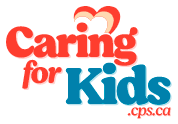What is fentanyl?
Fentanyl is a very potent opioid pain reliever. A few grains can be enough to kill you. Fentanyl is cheap for drug dealers to make into a street drug, compared to other opioids, but it is more powerful. Because only a few grains is enough to kill, fentanyl is causing high rates of overdose and overdose deaths.
What makes fentanyl so dangerous?
- It is 20 to 40 times more potent than heroin and 100 times more potent than morphine. This makes the risk of accidental overdose very high.
- It is odourless and tasteless. You may not even know you are taking it.
- It can be mixed with other drugs such as heroin and cocaine. It is also being found in counterfeit pills that are made to look like prescription opioids.
You increase the risk of overdose if you use fentanyl with:
- alcohol
- benzodiazepines
- other opioids like heroin
Fentanyl contamination
Illegal fentanyl and other fentanyl-like drugs, such as carfentanil, are also increasingly being found in other illegal drugs, like heroin. People may be unaware that the drug they are taking is contaminated with fentanyl, which is much more potent. Drug dealers who make fake pills may not know or control how much fentanyl goes into each pill. Drugs may also become contaminated with fentanyl accidentally when drug dealers re-use surfaces and equipment that have been used for fentanyl.
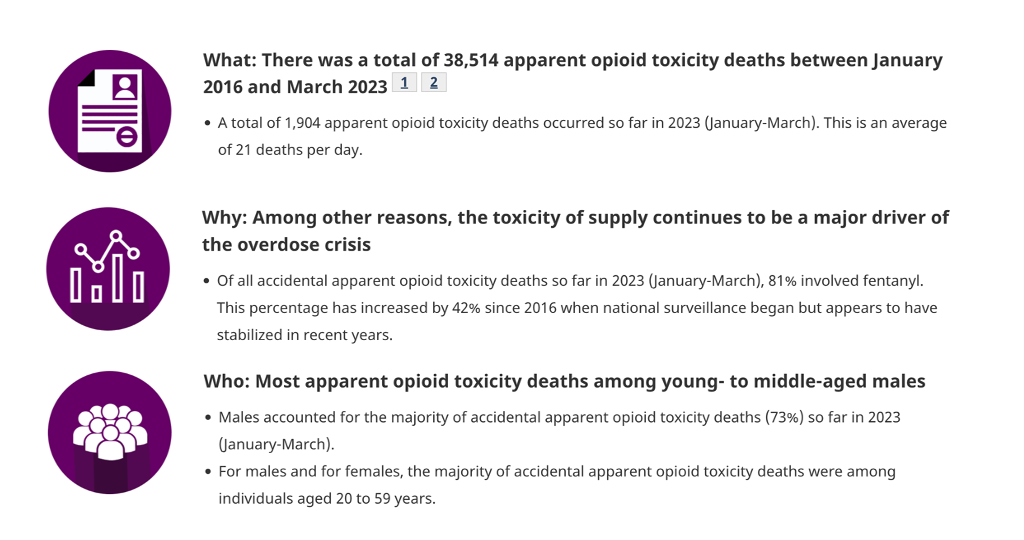
Overdose
The signs of a fentanyl overdose are the same as for all opioid overdoses:
- unresponsive
- slow, shallow breathing
- gurgling sounds or snoring
- cold, clammy or bluish skin
- severe sleepiness or loss of consciousness
If you do use opioids or drugs that may be contaminated with fentanyl:
- do not use alone
- carry naloxone and know the signs of an opioid overdose
If you think someone is overdosing on fentanyl or any other opioid:
- call 911 immediately for emergency medical assistance
- use naloxone, a drug that can temporarily reverse the effects of an opioid overdose
- naloxone wears off in 20 to 90 minutes, so it is important to seek further medical attention
- give the person another dose of naloxone if signs and symptoms do not disappear or if they reappear
- stay until emergency services arrive
Staying at the scene of an overdose is important to help save the life of the person experiencing an overdose. The Good Samaritan Drug Overdose Act provides some legal protection for individuals who witness an overdose and call 911 or their local emergency number for help.
Harm Reduction
What is harm reduction?
Harm Reduction is an evidence-based approach that seeks to reduce health and social harms associated with addiction and substance use, without necessarily requiring people who use substances from abstaining or stopping. Essential to a harm reduction approach is that it provides people who use substances a choice of how they will minimize harms through non-judgemental and non-coercive strategies in order to enhance skills and knowledge to live safer and healthier lives.
Harm reduction acknowledges that many individuals coping with addiction and problematic substance use may not be in a position to remain abstinent from their substance of choice. The harm reduction approach provides an option for users to engage with peers, medical and social services in a non-judgemental way that will ‘meet them where they are.’
How does harm reduction help?
This allows for a health oriented response to substance use, and it has been proven that those who engage in harm reduction services are more likely to engage in ongoing treatment as a result of accessing these services. Some harm reduction initiatives have also reduced blood borne illnesses such as HIV/AIDS and Hepatitis C, and have decreased the rates of deaths due to drug overdoses.
Examples of harm reduction
Some practices that take a harm reduction approach include: using a nicotine patch instead of smoking, consuming water while drinking alcohol, using substances in a safe environment with someone they trust, and needle exchange programs for people who inject drugs. Harm reduction doesn’t just apply to the use of substances. We engage in harm reduction in our everyday lives to minimize a risk, such as wearing a helmet when riding a bike or enforcing seatbelts when driving in a car.
Naloxone
Naloxone (pronounced na-LOX-own) is a fast-acting drug used to temporarily reverse the effects of opioid overdoses. Naloxone can restore breathing within 2 to 5 minutes. When you take an opioid, it affects certain receptors in your brain. Naloxone works by kicking opioids off the receptors in your brain and binding to those receptors instead. This reverses or blocks the effects of opioids on your body.
While naloxone is only active in the body for 20 to 90 minutes, the effects of most opioids last longer. This means that the effects of naloxone are likely to wear off before the opioids are gone from the body, which causes breathing to stop again. Naloxone may need to be used again, depending on the amount or type of opioid taken, or how the opioids were taken (for example: oral, injection).
Naloxone only works if you have opioids in your system, such as:
- fentanyl
- heroin
- morphine
- codeine
Naloxone nasal spray is sprayed directly into the nose, where it is absorbed. It starts to take effect in 2 to 3 minutes. Learn how to give naloxone spray (video).
Where to get a free naloxone kit near you
Resources
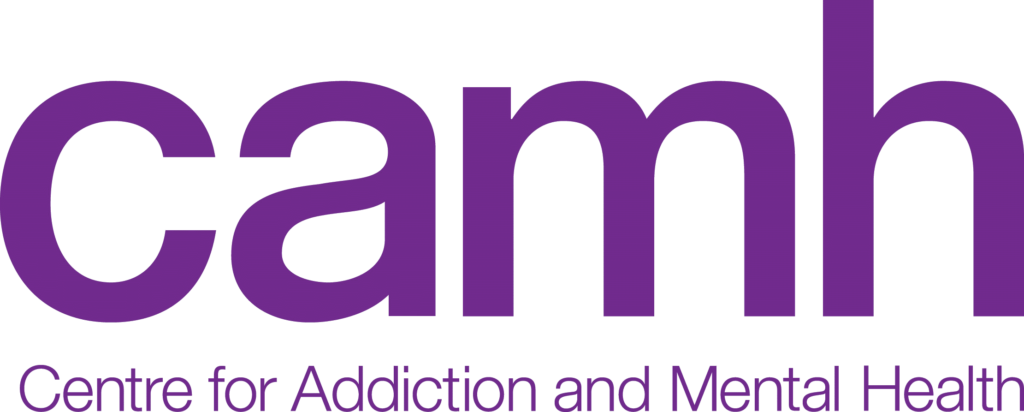
The Centre for Addiction & Mental Health
- Youth Addiction & Concurrent Disorders Service offers treatment for young people (14 – 24) with substance use challenges or concerns.
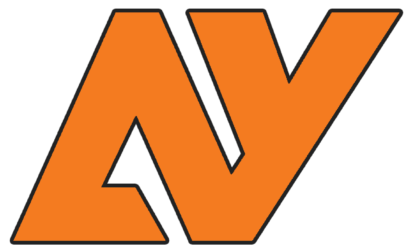
Alternatives for Youth (AY) is a substance use and addiction treatment services that engage and mobilize youth and their families.

Mothers Against Drunk Driving Canada (MADD) is a charitable, grassroots organization that is committed to stopping impaired driving and supporting victims/survivors.
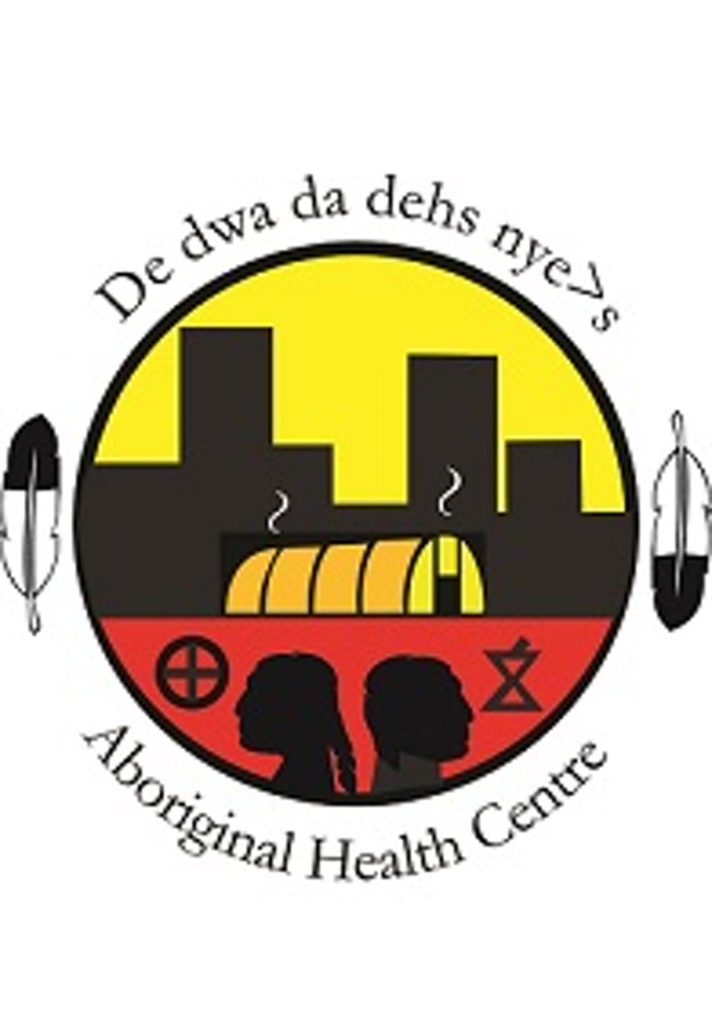
De dwa da dehs nye>s Aboriginal Health Centre provides mental wellness services that are culturally safe for all members of the urban community who self identify as having Aboriginal ancestry.

ConnexOntario provides free and confidential health services information for people experiencing problems with alcohol and drugs, mental illness or gambling.
Their system navigation and information service is live-answer 24/7, confidential, and free.

